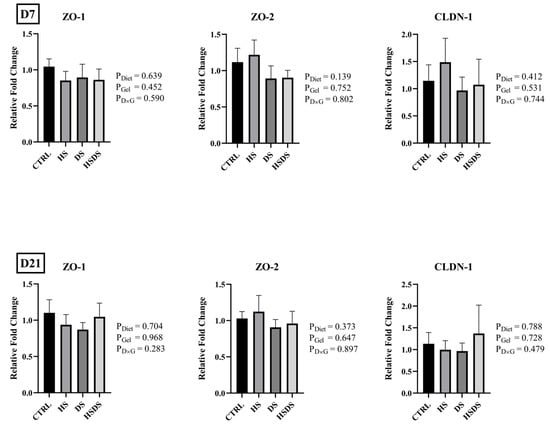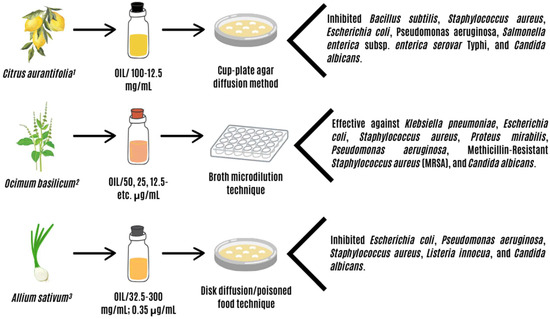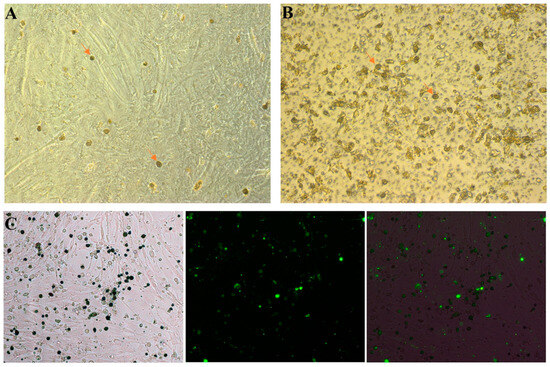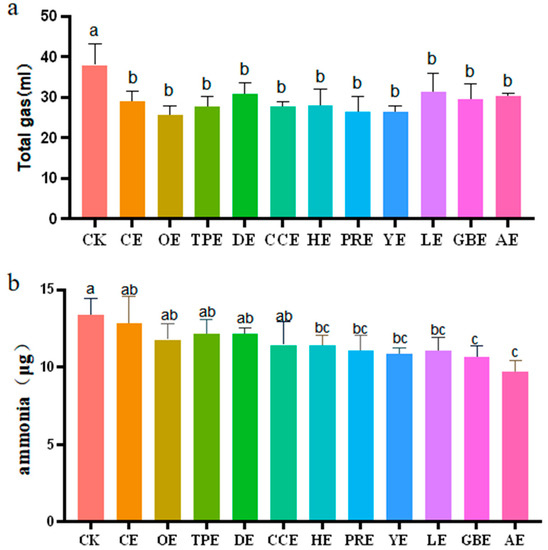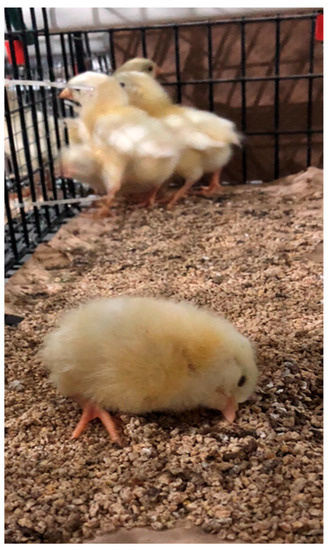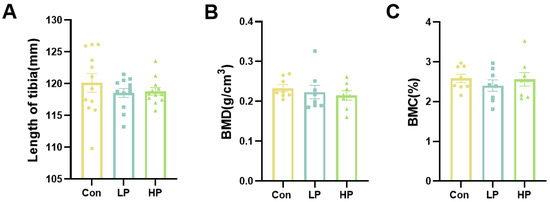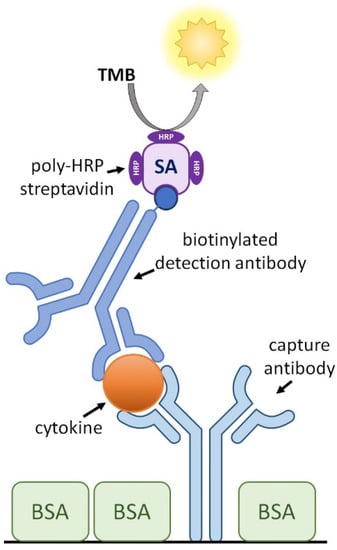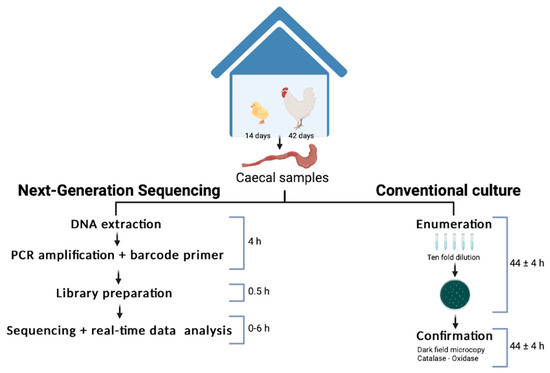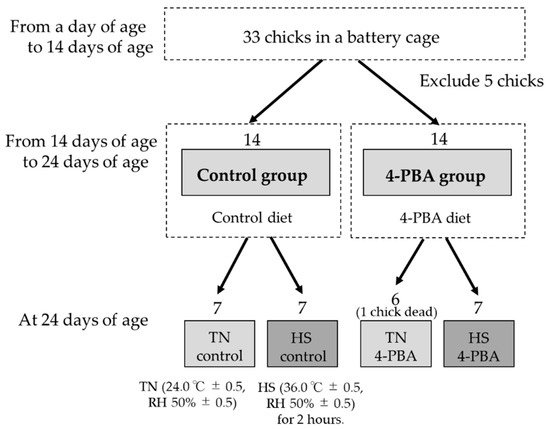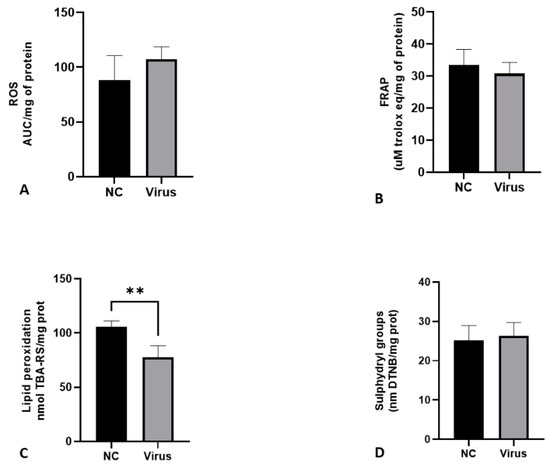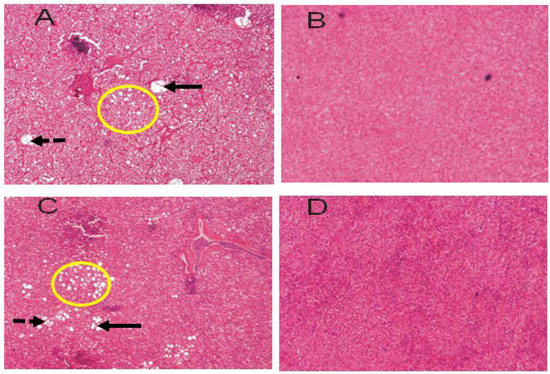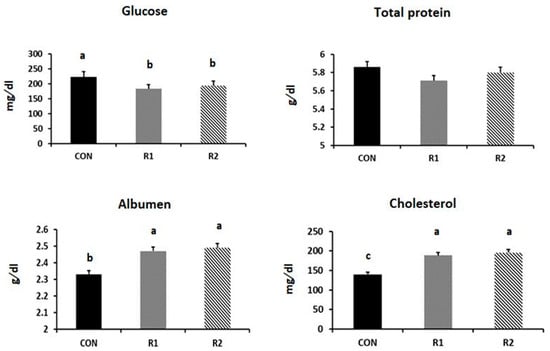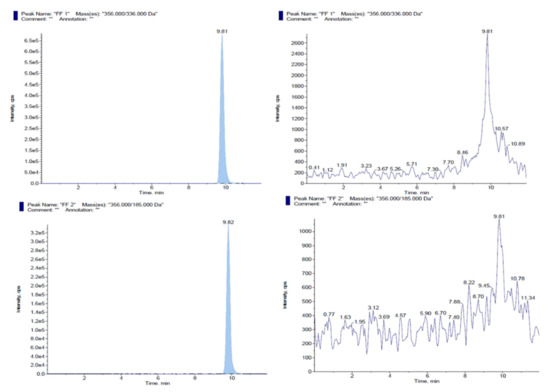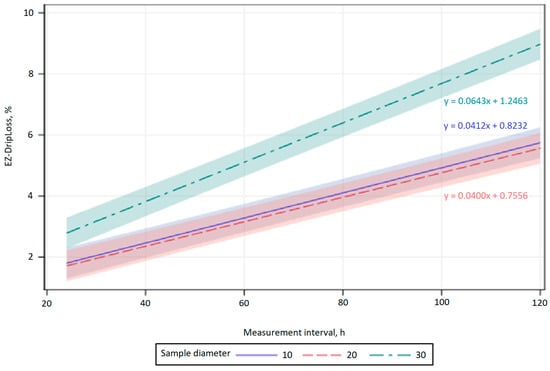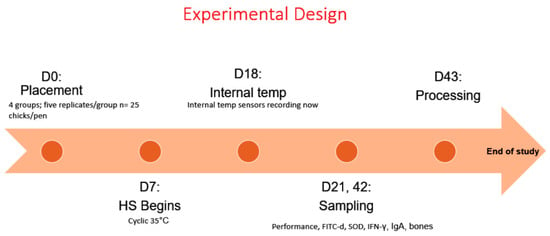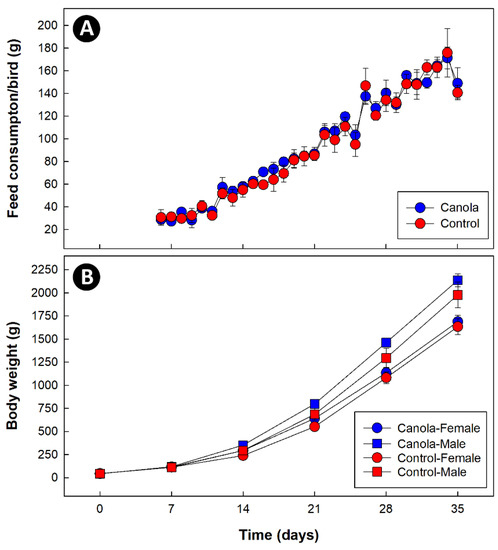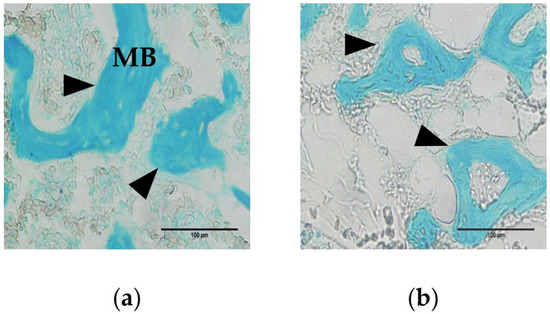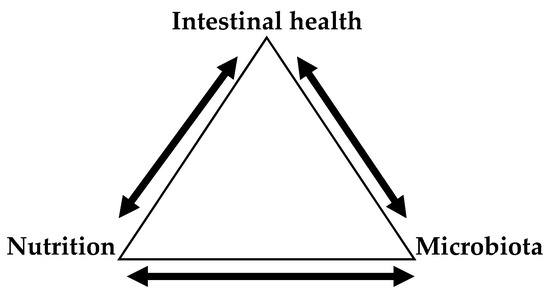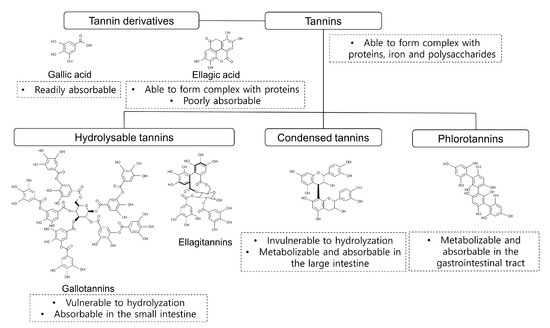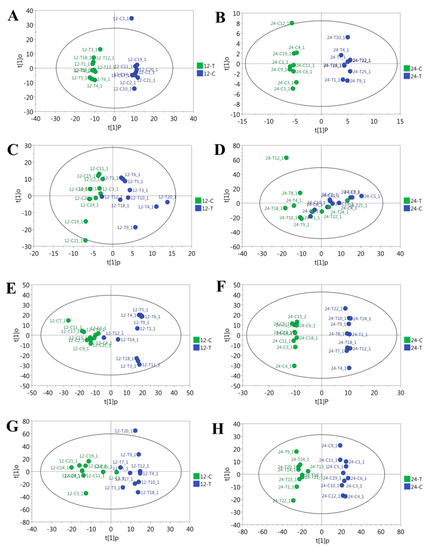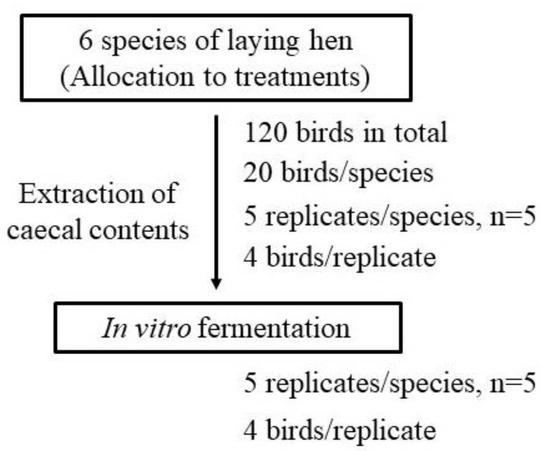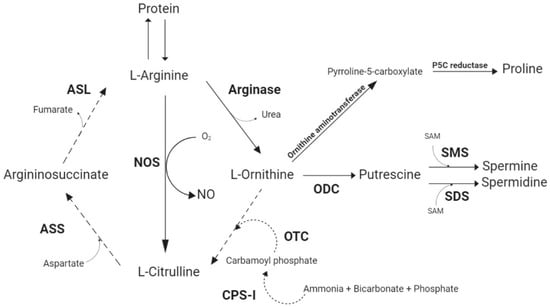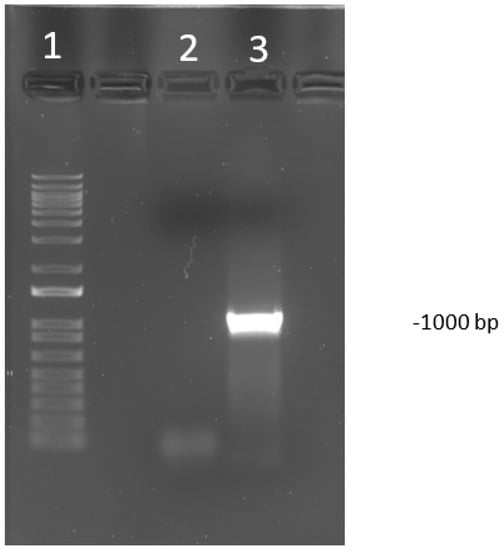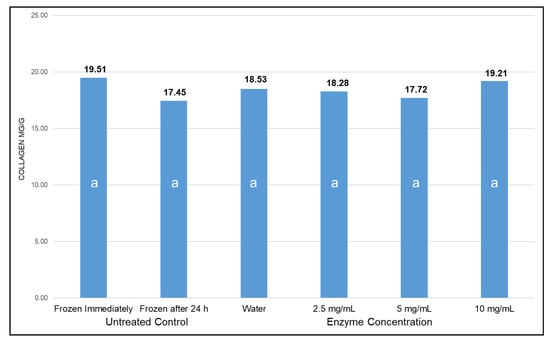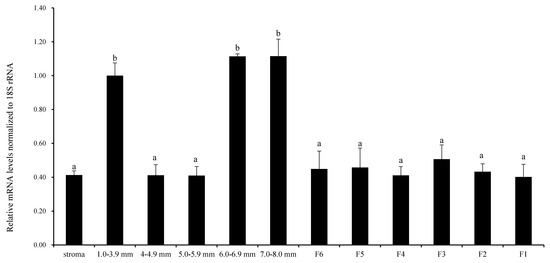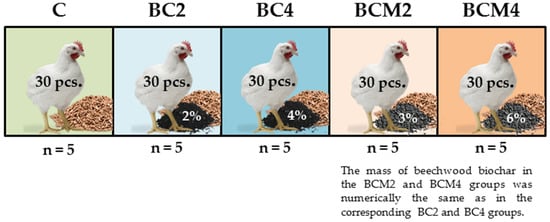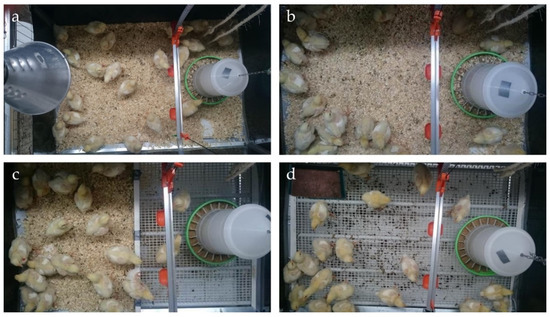Current Advances in Poultry Research
A topical collection in Animals (ISSN 2076-2615). This collection belongs to the section "Poultry".
Viewed by 177453Editors
Interests: broiler; development; growth; layer; meat palatability; meat quality; welfare/well-being
Interests: poultry; meat quality; myopathy; food safety; eggs
Special Issues, Collections and Topics in MDPI journals
Topical Collection Information
Dear Colleagues,
Over the past 60 years, global per capita meat and egg consumption increased drastically due to a variety factors; an increase in disposable income was a major catalyst. During this time, poultry consumption was one of the major contributors to the expansion in per capita meat consumption. In order to meet the demand associated with the increase in consumption, the poultry industry made advancements in all aspects in production including development, growth, nutrition, management, and welfare. While most of the advancements have been positive, challenges such as incidence of myopathies and leg conformity are issues the industry is facing today. The demand for poultry products does not seem to be slowing; therefore, scientists and the industry must continue to explore production practices that will optimize poultry egg and meat production.
We invite original research papers that address improved management and production methods involved in the production of eggs and poultry meat. Areas of interest include embryo growth and development, nutrition, housing conditions, reproduction, myopathy origins and prevention, meat quality/further processing, and welfare/well-being.
Prof. Dr. John Michael Gonzalez
Dr. Casey M. Owens
Collection Editors
Manuscript Submission Information
Manuscripts should be submitted online at www.mdpi.com by registering and logging in to this website. Once you are registered, click here to go to the submission form. Manuscripts can be submitted until the deadline. All submissions that pass pre-check are peer-reviewed. Accepted papers will be published continuously in the journal (as soon as accepted) and will be listed together on the collection website. Research articles, review articles as well as short communications are invited. For planned papers, a title and short abstract (about 100 words) can be sent to the Editorial Office for announcement on this website.
Submitted manuscripts should not have been published previously, nor be under consideration for publication elsewhere (except conference proceedings papers). All manuscripts are thoroughly refereed through a single-blind peer-review process. A guide for authors and other relevant information for submission of manuscripts is available on the Instructions for Authors page. Animals is an international peer-reviewed open access semimonthly journal published by MDPI.
Please visit the Instructions for Authors page before submitting a manuscript. The Article Processing Charge (APC) for publication in this open access journal is 2400 CHF (Swiss Francs). Submitted papers should be well formatted and use good English. Authors may use MDPI's English editing service prior to publication or during author revisions.
Keywords
- broiler
- development
- egg
- growth
- layer
- meat palatability
- meat quality
- reproduction
- welfare/well-being






